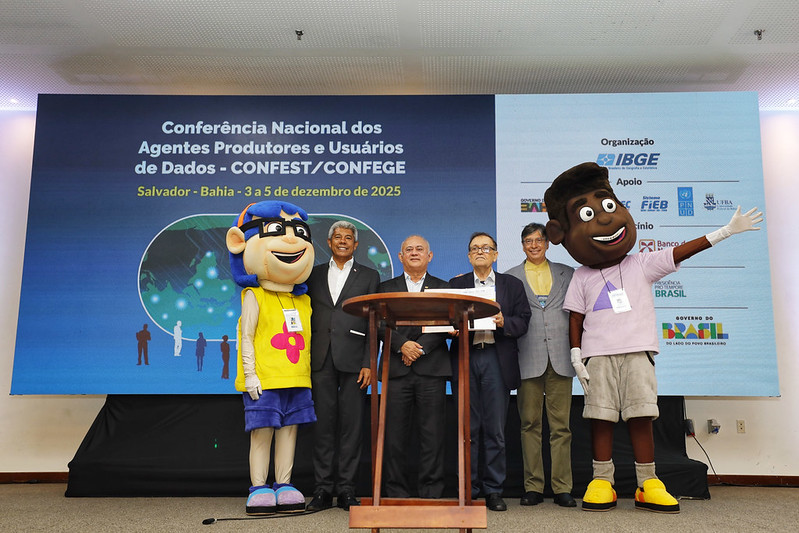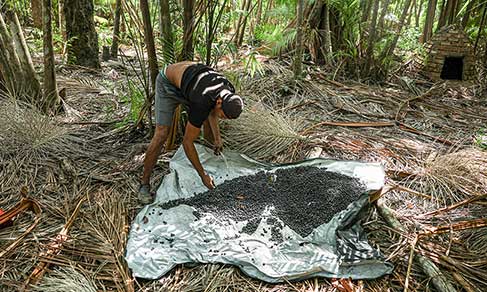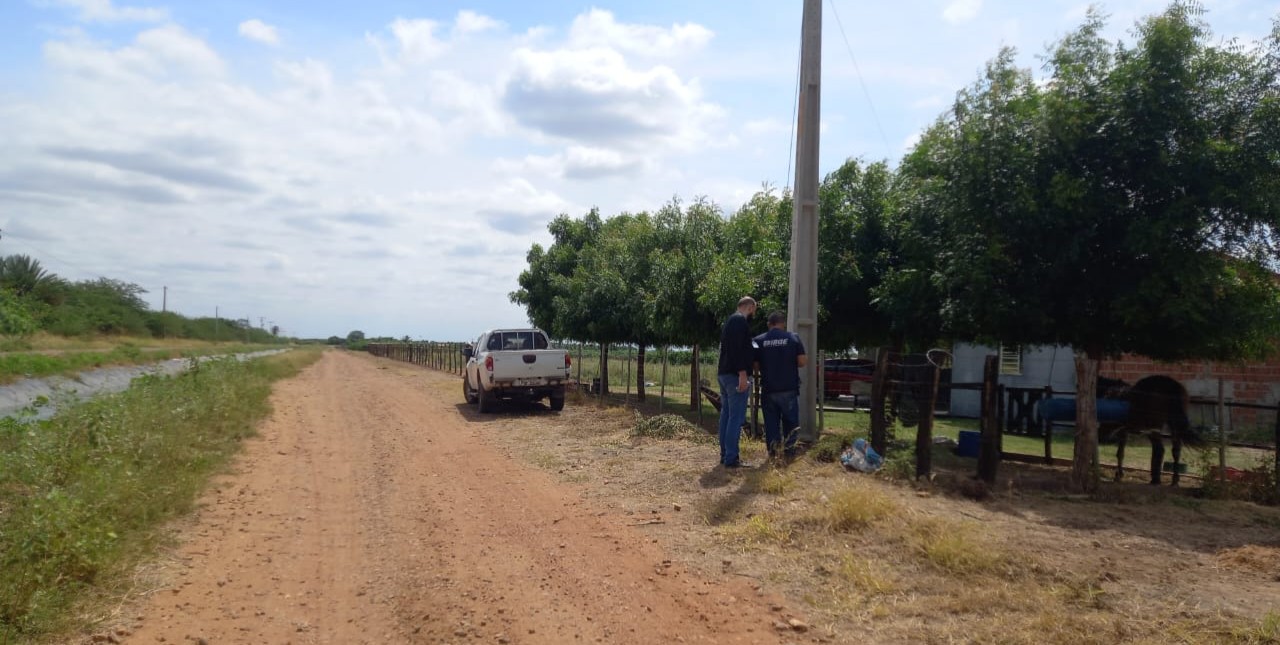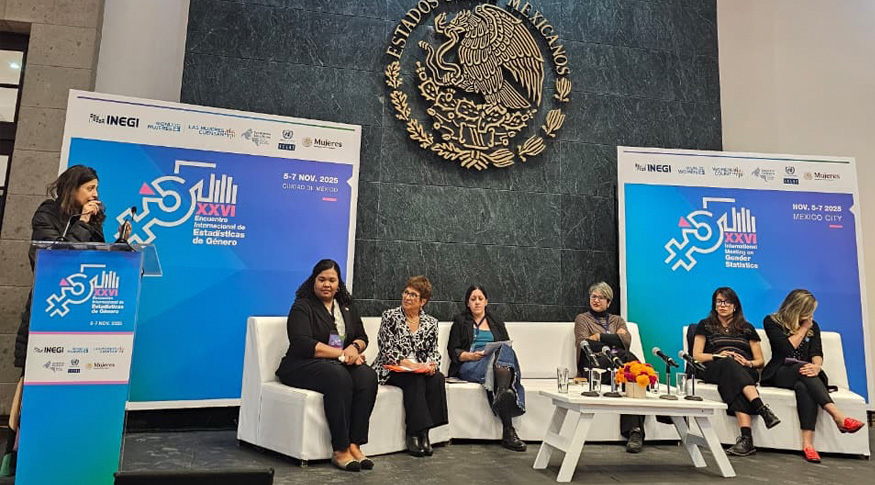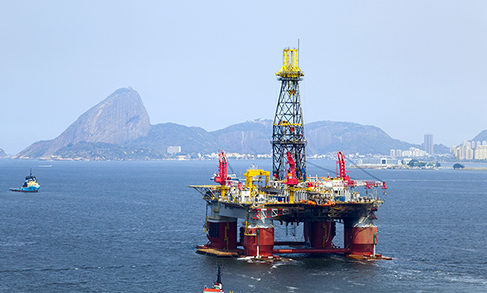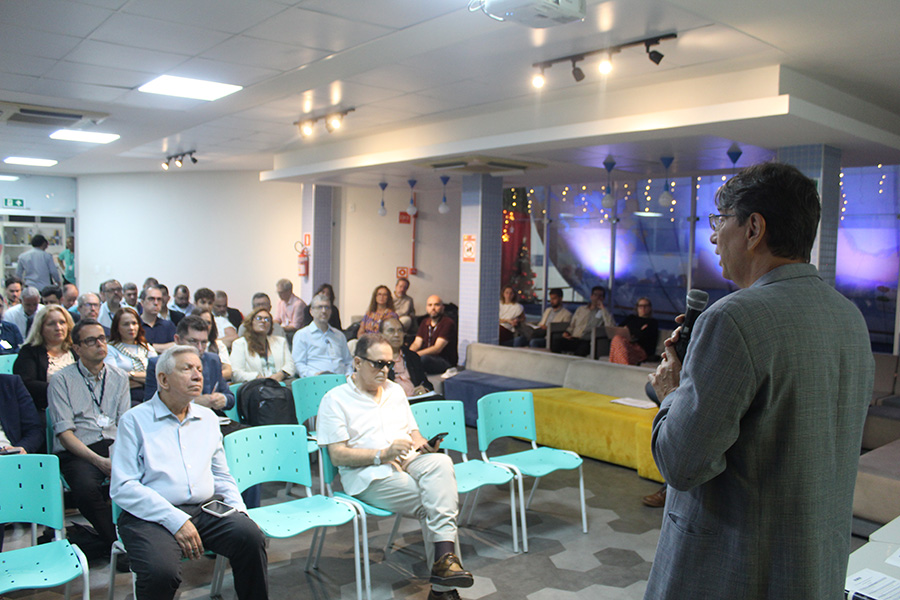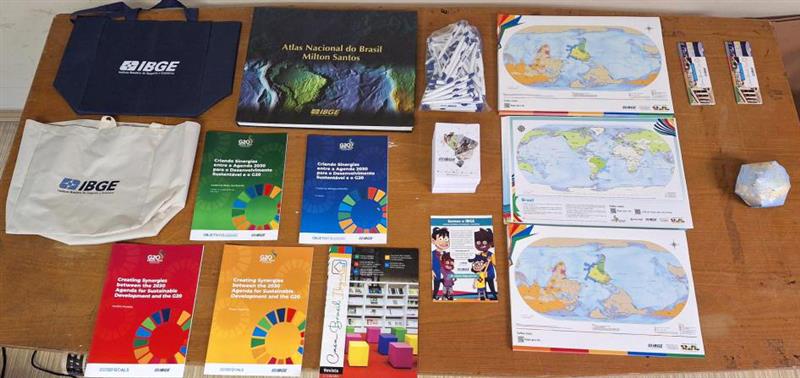Geosciences
IBGE releases update of Metropolitan Areas and Urban Clusters
August 20, 2024 10h00 AM | Last Updated: August 21, 2024 01h16 AM
Highlights
- IBGE releases update of geographic divisions based on data of 2023.
- In Goiás, the Metropolitan Area of the Federal District Surroundings, formed by 11 municipalities.
- The municipality of Barcarena (PA) was added to the Metropolitan Reas of Belém/PA.
- In Maranhão, the Metropolitan Area of Grande Pedreiras (MA) was included as one of the metropolitan areas in the state.

The Brazilian Institute of Geography and Statistics (IBGE) released, this Tuesday (20), the update relative to year 2023 of the Metropolitan Areas and Urban Clusters. The update shows the creation of a new metropolitan area in the state of Goiás, the inclusion of a new municipality in the Metropolitan Area of Belém (PA) and the adequacy of the metropolitan areas of the state of Maranhão.
In Goiás, the Metropolitan Area of the Federal District Surroundings was created, formed by 11 municipalities. In Maranhão, the Metropolitan Area of Grande Pedreiras (MA) was included as one of the metropolitan divisions in the state. In Pará, the municipality of Barcarena (PA) became part of the Metropolitan Area of Belém/PA.
The metropolitan Areas and Urban Clusters are divisions established by a complementary state law, as provided by the Federal Constitution of 1988, aiming at the organization, planning and execution of functions of public interest. The creation of the metropolitan Areas and Urban Clusters, as well as their modification and extinction, is a duty of the States, as stated in paragraph 3, Article 25 of the Federal Constitution. Currently, 4 of the 27 Federation Units – States and the Federal District – do not have metropolitan Areas.
According to geographer Paulo Wagner, “although the metropolitan areas are not territories defined by the IBGE, the institute, every year, monitors changes and makes information available in an easy-to-access, public and free place.” He explains that “the IBGE recognizes that the metropolitan areas are territory divisions of public interest and tries to facilitate the research by a citizen who is interested in the topic which, instead of having to find information in different locations, finds it all compiled on the IBGE website.” He adds that the metropolitan areas are dynamic divisions and that data are expected to be as updated as possible.
“The inclusion of municipalities in metropolitan areas occurs when a municipality joins a metropolitan are that already exists, as it is the case of Barcarena in relation to the Metropolitan Area of Belém in 2023. The exclusion/exit of a municipality from a metropolitan area is most common in municipalities located in the boundaries of the areas, as Petrópolis, for example. The modification can result at the request of the municipality or as the result of a decision by the Legislative Assembly. In the case of adequacy, it takes place when a metropolitan area is not active, but exists in legal terms, as it is the case of the Metropolitan Area of Grande Pedreiras. The Metropolitan Area of the Federal District Surroundings, in Goiás, was created, since it did not exist as a legal subdivision before. Ad there can also be the extinction of metropolitan areas that no longer make sense,” explained Paulo Wagner. “Metropolitan areas are more dynamic territory subdivisions, always being created, extinction, or modification of metropolitan areas from one year to the other,” he added.
There have been no changes in the Integrated Development Areas in Brazil, in Urban Clusters and in the other Metropolitan Areas in Brazil. Currently, there are 77 metropolitan areas in Brazil, and most of them are located in the state of Santa Catarina (14), followed by Paraíba (12) and São Paulo (9). The states of São Paulo and Rio Grande do Sul were the Only ones with territories organized and Urban Clusters, being one in São Paulo and two in Rio Grande do Sul.
The Integrated Development Areas (RIDEs) are defined as administrative regions encompassing different Federation Units. The RIDEs are created by a specific law, which lists the municipalities included in them, besides defining the structure of functioning and the interests of political and administrative units.
The Metropolitan Areas and Urban Clusters are divisions established by a complementary state law, as provided by the Federal Constitution of 1988, aiming at the organization, planning and execution of functions of public interest. The creation of the Metropolitan Areas and Urban Clusters is a duty of the States, as stated in paragraph 3, Article 25 of the Federal Constitution.
The update of these divisions encompasses changes of boundaries and nomenclatures observed in the Territorial Division of Brazil 2023 and changes in the composition due to modifications in legal or normative instruments under the responsibility of the agencies where the divisions are. The geographic Division that went through changes in 2023, by means of either law or the incorporation of new normative instruments, was the metropolitan Area. The Geographic Divisions updated on the IBGE Website and in the Geographic Reference Chart for the production, analysis and Dissemination of Statistics were Metropolitan Division, Metropolitan Category and Metropolitan Subcategory.



